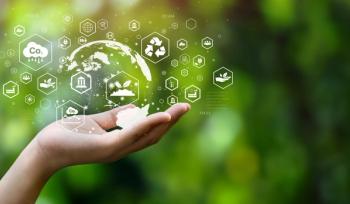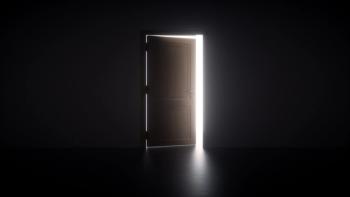
The Navajo Nation and Our Country in The Coronavirus Pandemic
The Navajo population are vulnerable to lung disease due to decades of exposure to uranium mines and the use of wood or coal for heat and cooking. It is now vulnerable to COVID-19.
CORONAVIRUS CHRONICLES
A recent CBS Sunday Morning show
The Navajo population vulnerabilities include a high rate of lung disease due to decades of exposure to uranium mines and the use of wood or coal for heat and cooking. It is also hard to wash your hands as often as recommended when you don’t have running water, as 40% do not.
Interviewed was a physician from the tribe who was working on the front lines. What was so different and poignant about that from what we have typically seen in the media is she personally knew most of her patients in one way or another. In general, physicians are ethically discouraged from familiarity with patients because it can compromise objectivity, and if anything goes wrong, the guilt and grief increase. However, as I experienced when I was only one of two psychiatrists on an Army base in a small Alabama town, you sometimes not only have no choice. The higher ethical principle is trying to save a life no matter what.
We in mental health care shouldn’t be surprised with these pandemic statistics if we are familiar with the psychiatric ones, though maybe most are not with Native American reservations separate from mainstream communities. The suicide rate is well above the national average.1[
The casinos are now closed, adding to financial stress. Some Native American tribes received federal relief funding, but 6 weeks after it was promised and only after a suit was filed.
When we think about reparations in the United States, we should not forget the needed repair from the damage that the Navajo Nation and other Native Americans received during the later settling of this country.
Disclosures:
1. Navaho Epidemiology Center Update, Vol. 1, May 2016. Accessed May 29, 2020.
Newsletter
Receive trusted psychiatric news, expert analysis, and clinical insights — subscribe today to support your practice and your patients.

















